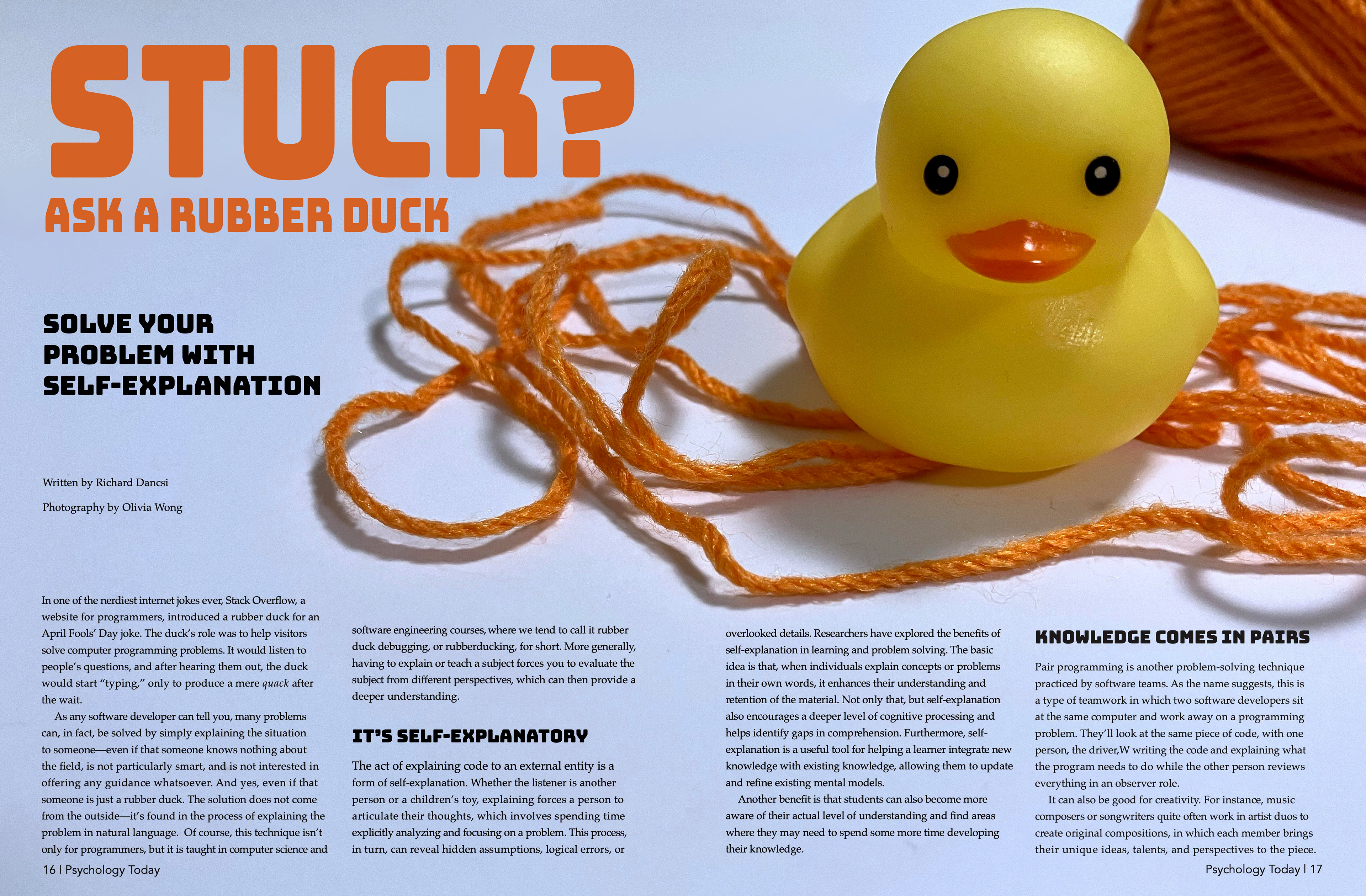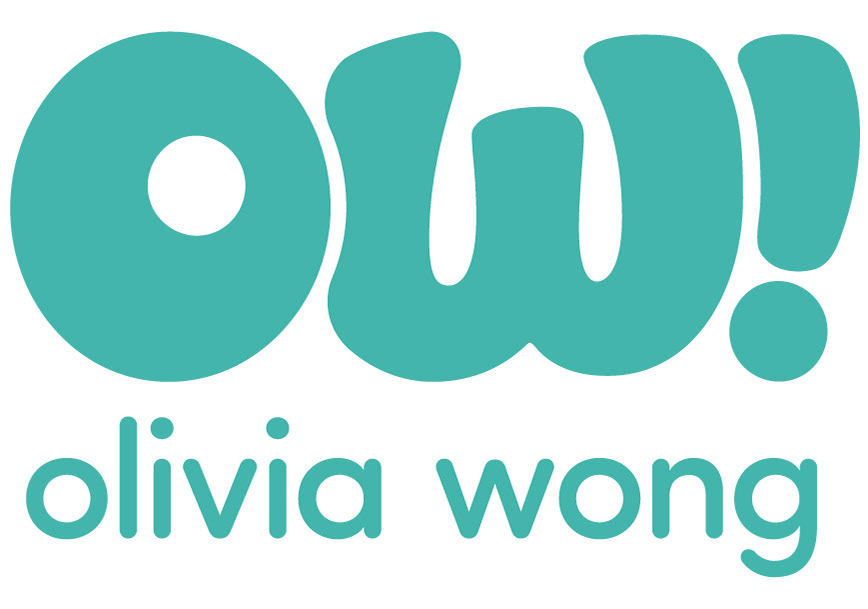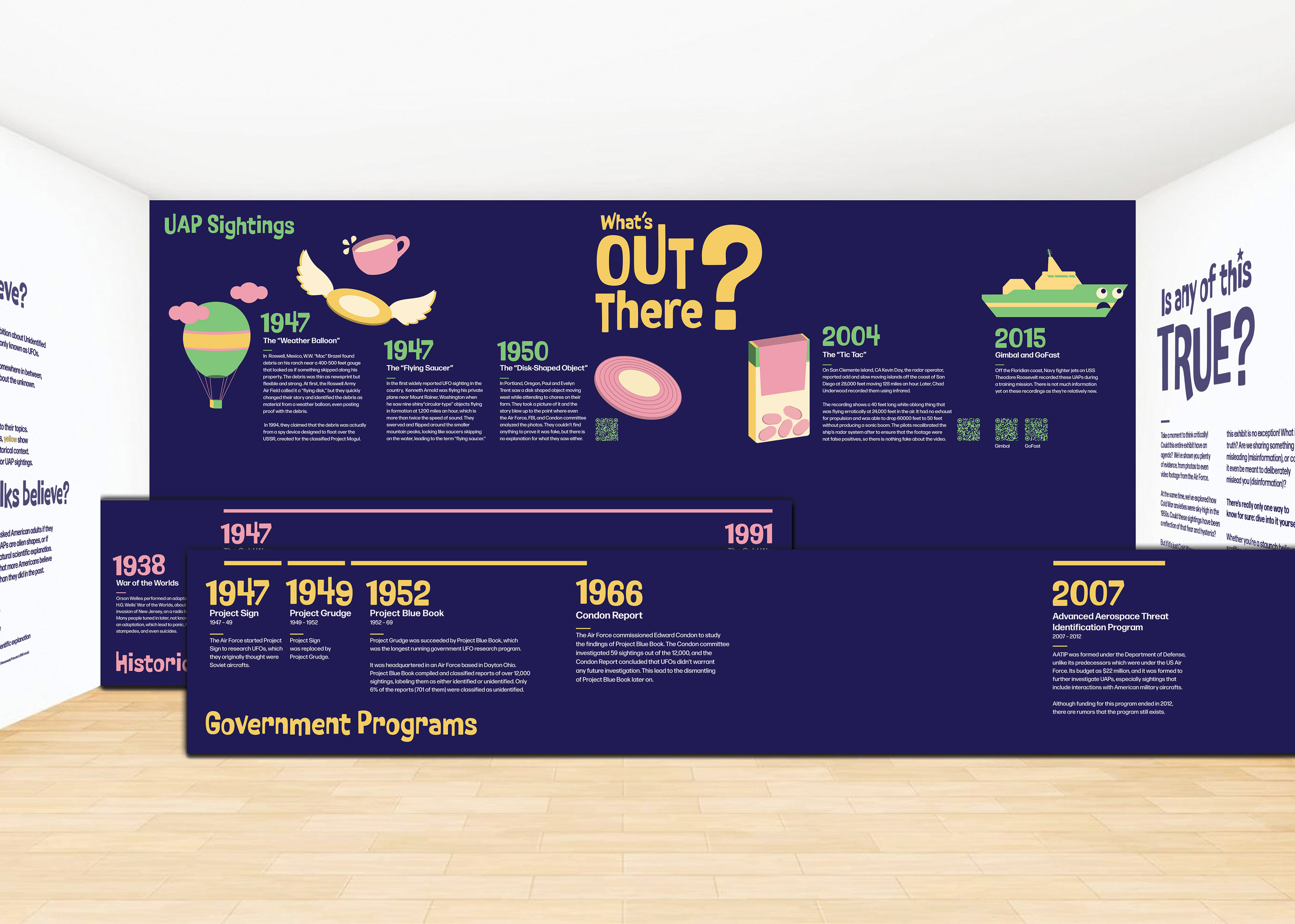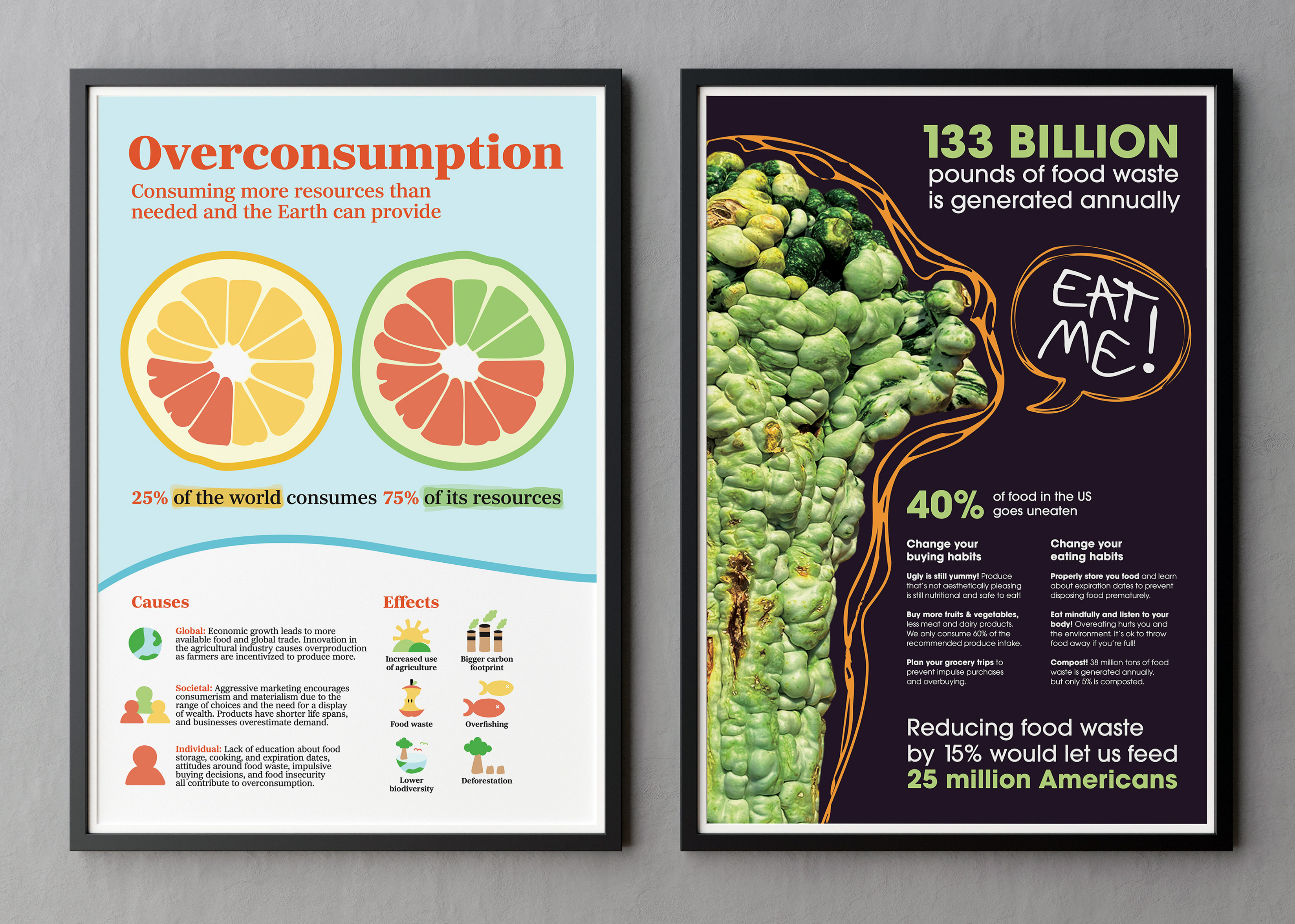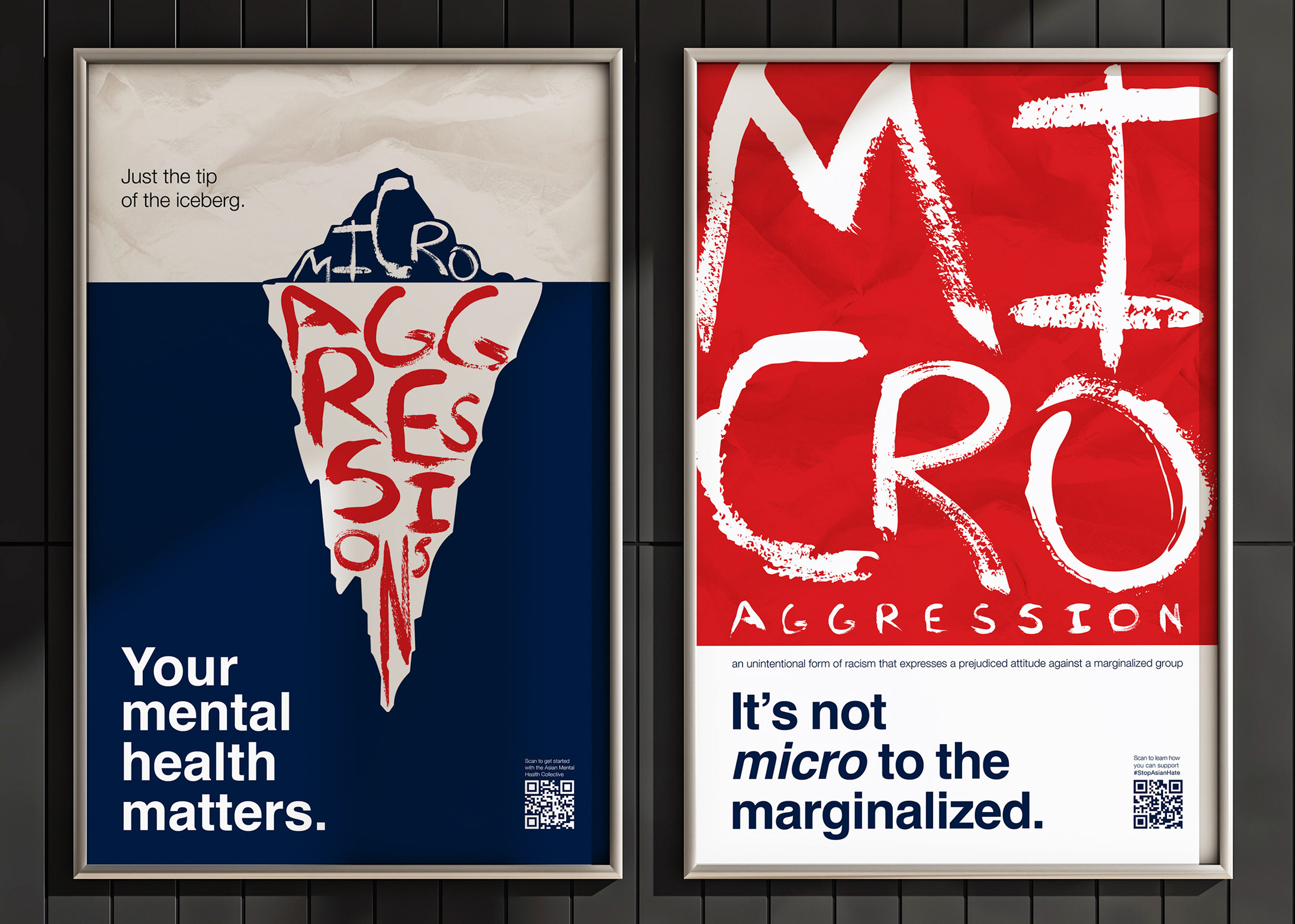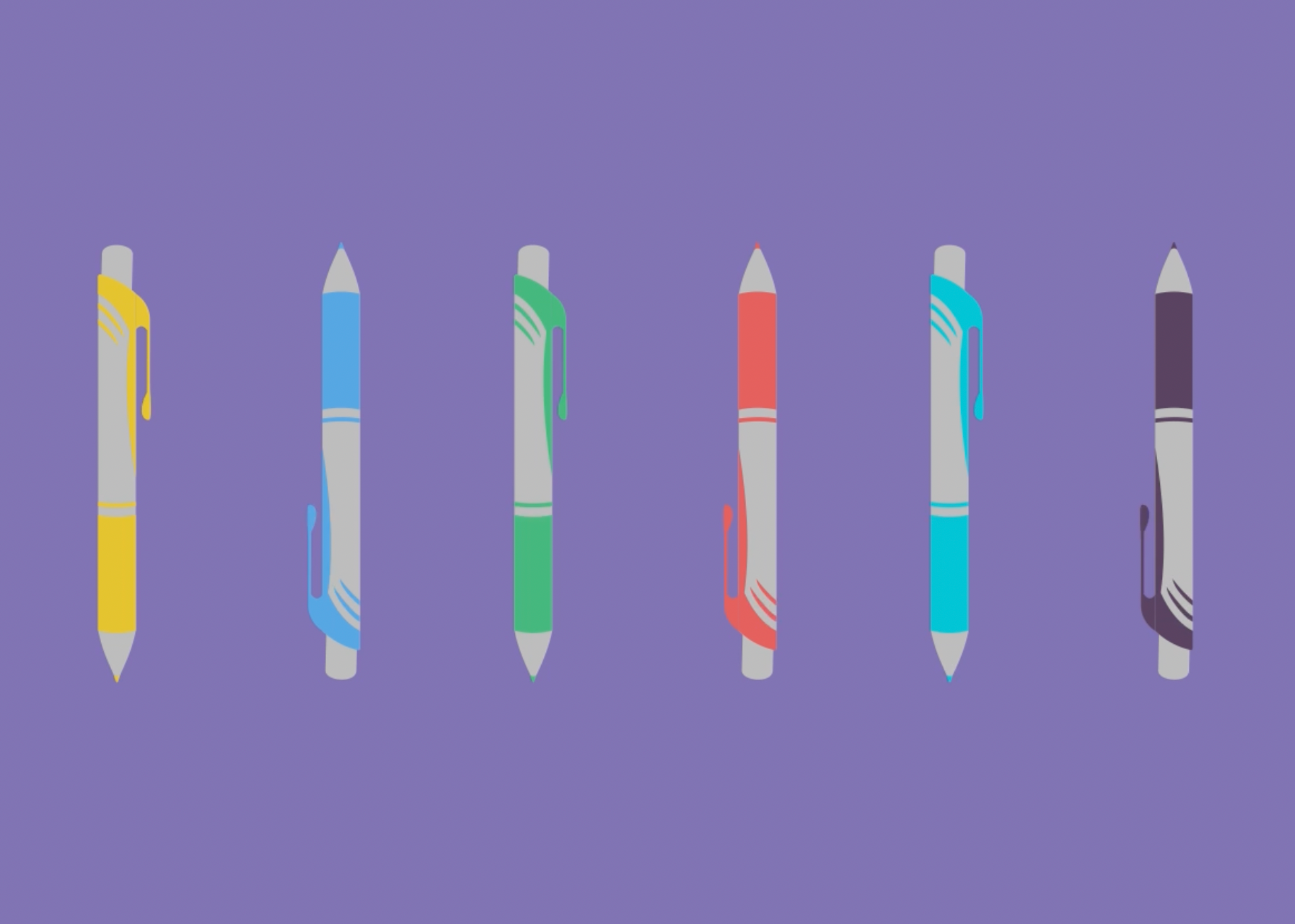I designed an editorial spread based on an article from Psychology Today called “Stuck? Ask a Rubber Duck,” by Richard Dancsi. Dancsi explains how you can solve problems by explaining them out loud, since explaining something complicated in natural language helps you to process information, discover logical errors, and identify gaps in comprehension. Talking to a rubber duck, also known as rubberducking, is a common strategy used in the computer science industry.
Initial Thoughts
My initial ideas were to photograph rubber ducks in different areas to show how this traditional computer science tool could be applied to different settings. I experimented a lot with photography, and with the visual element of yarn to represent a cluttered mind that couldn’t produce solutions.
I also experimented with the concept of a Mobius strip, an infinite loop with a twist. A mind that is stuck goes in circles with no beginning nor end point, and I wanted to use a concept that many people are familiar with to illustrate this idea.
Eventually, I ended up using illustration instead of photography as it fit my concept better. I played with using type as an image with the rubber duck as a secondary element to create an engaging editorial layout to reinforce the content of the article.
I also experimented with the concept of a Mobius strip, an infinite loop with a twist. A mind that is stuck goes in circles with no beginning nor end point, and I wanted to use a concept that many people are familiar with to illustrate this idea.
Eventually, I ended up using illustration instead of photography as it fit my concept better. I played with using type as an image with the rubber duck as a secondary element to create an engaging editorial layout to reinforce the content of the article.
Sketches

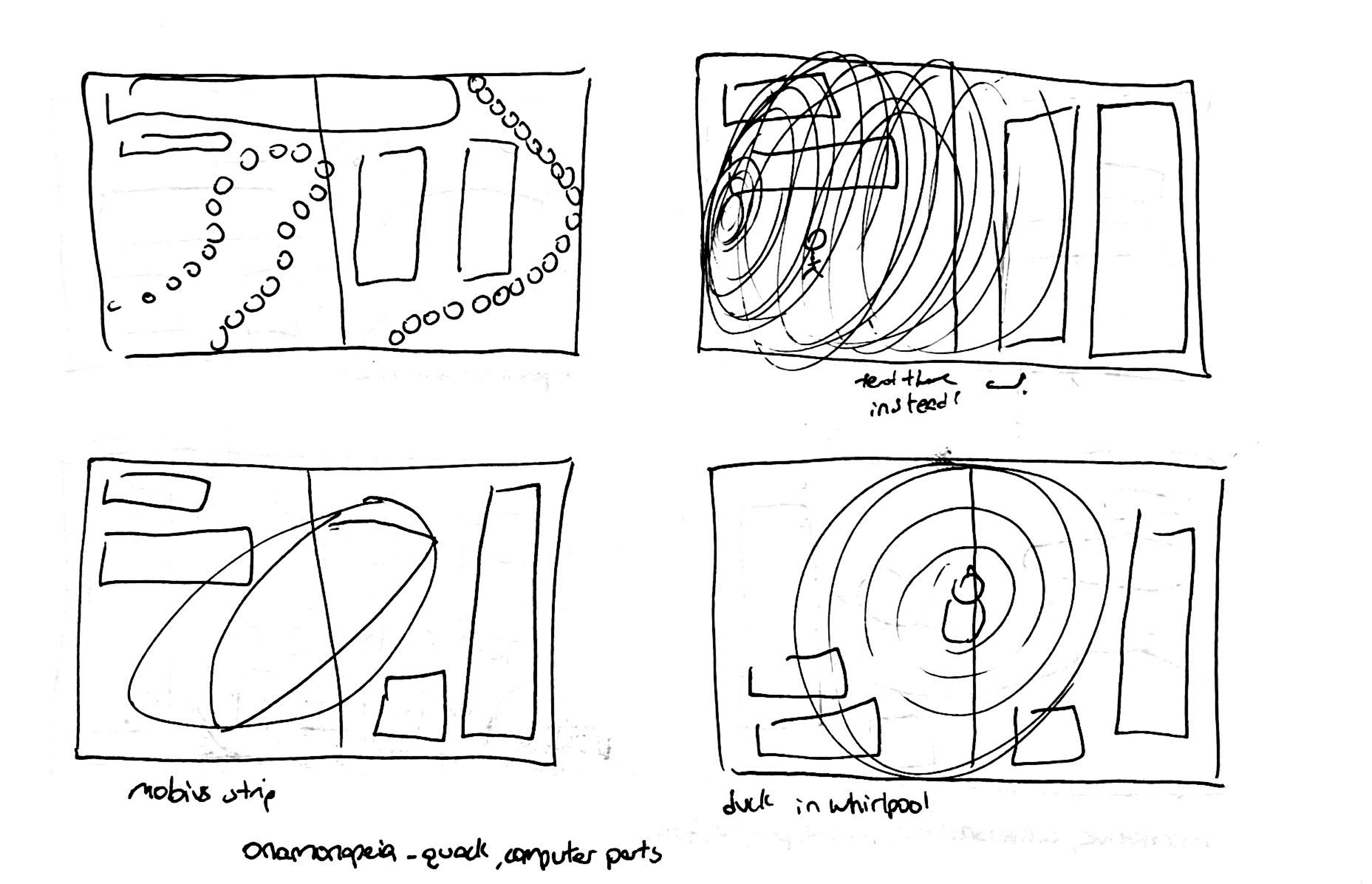
Digital Ideation

Drawing inspiration from HTML tags
